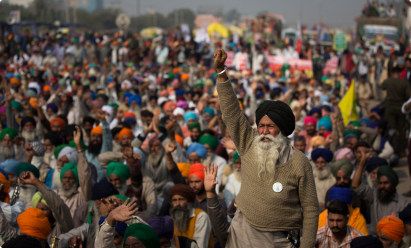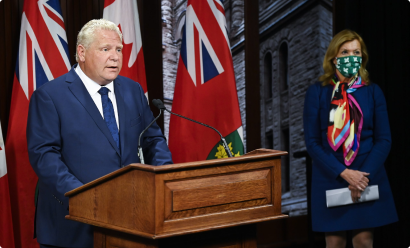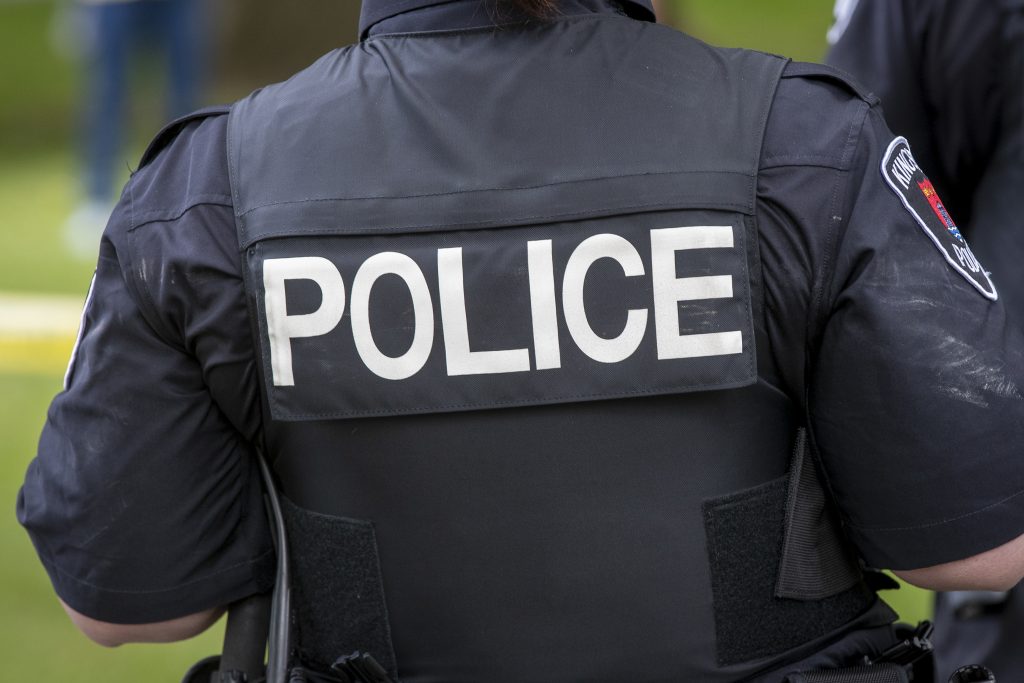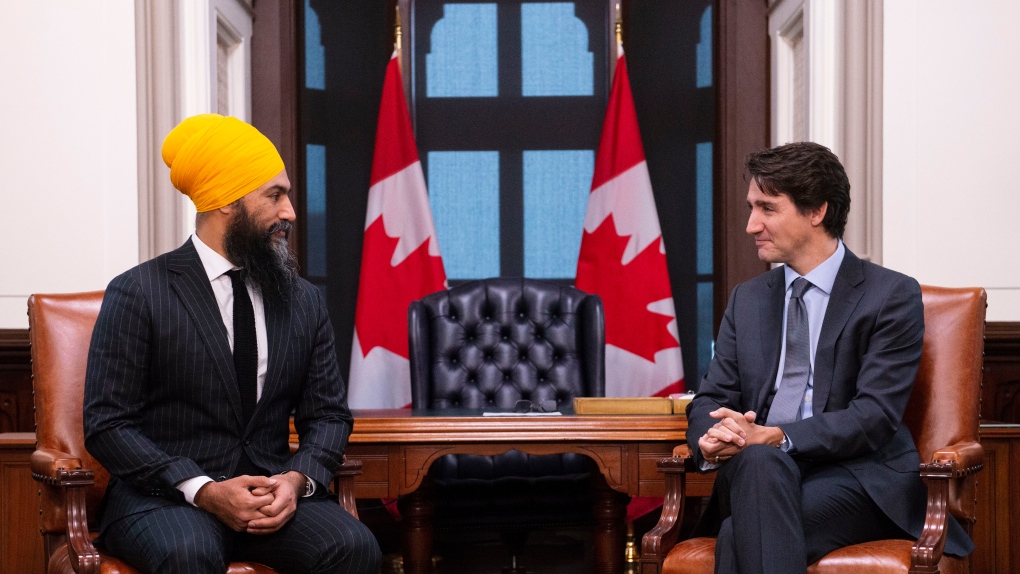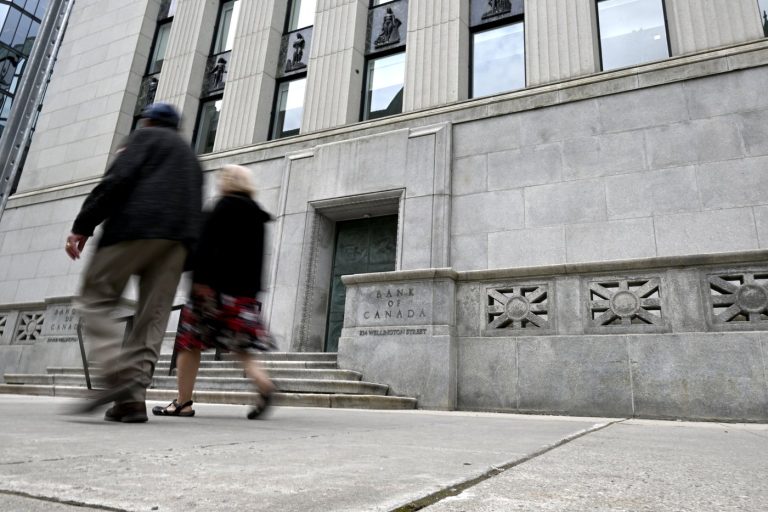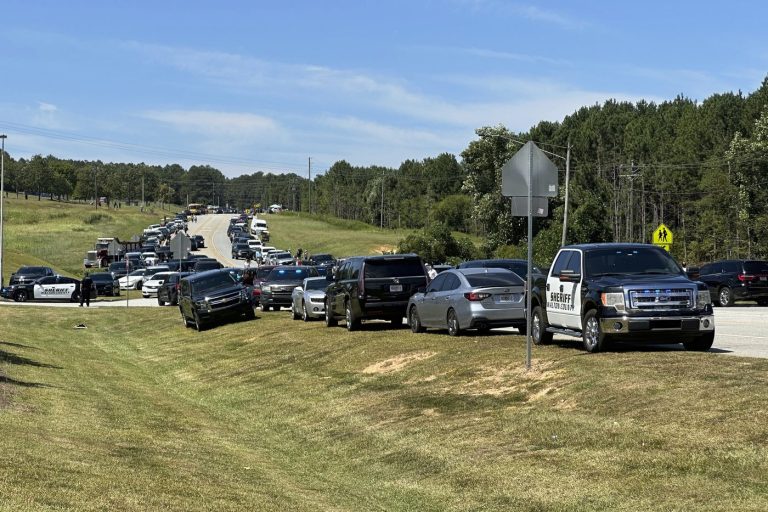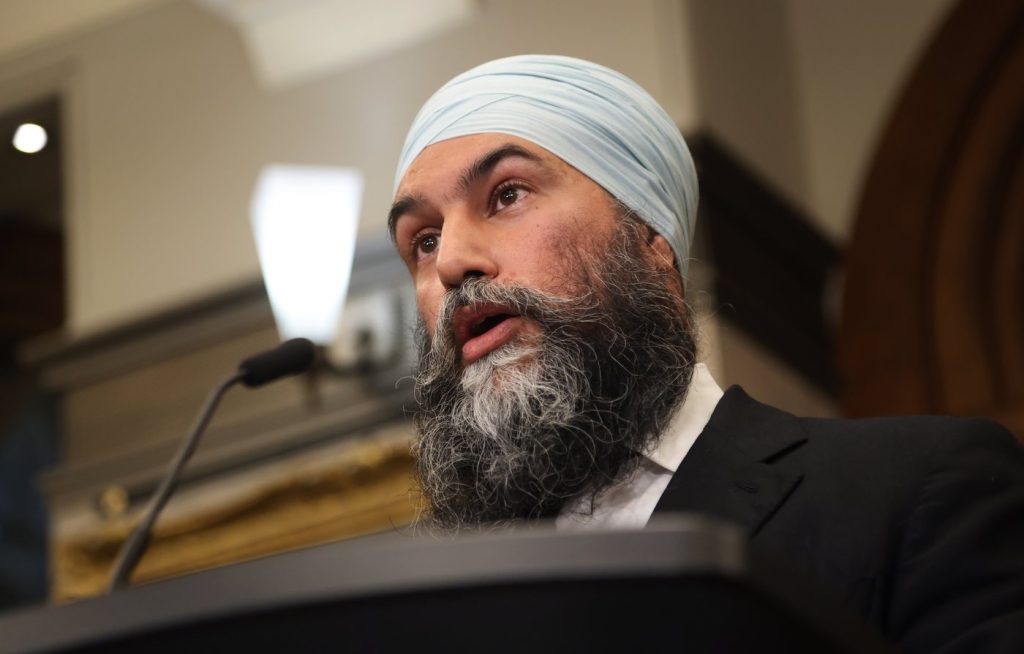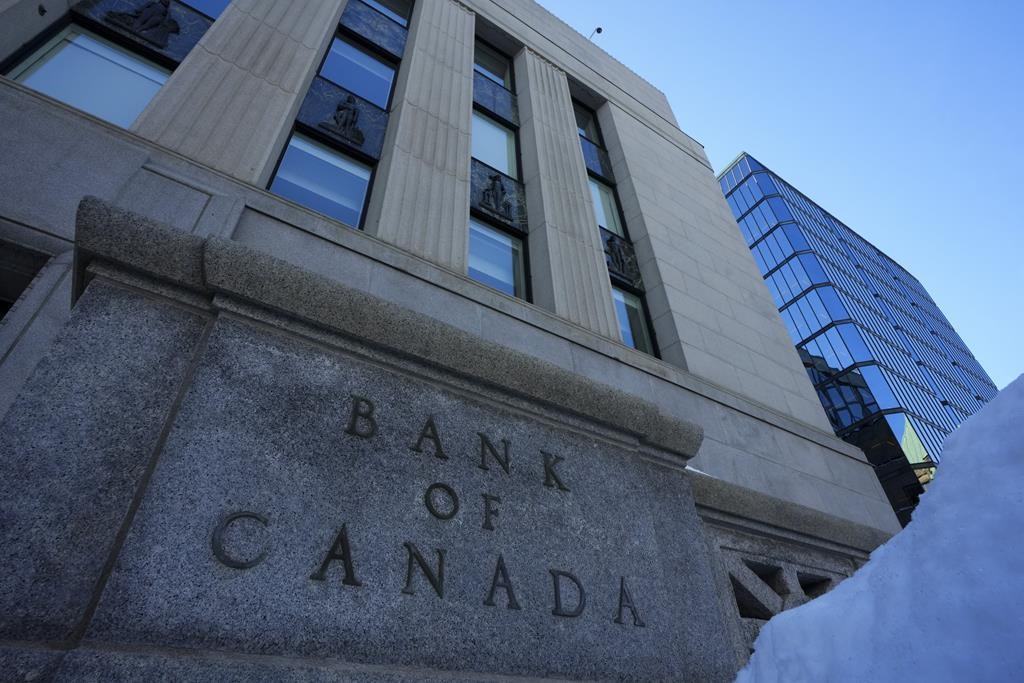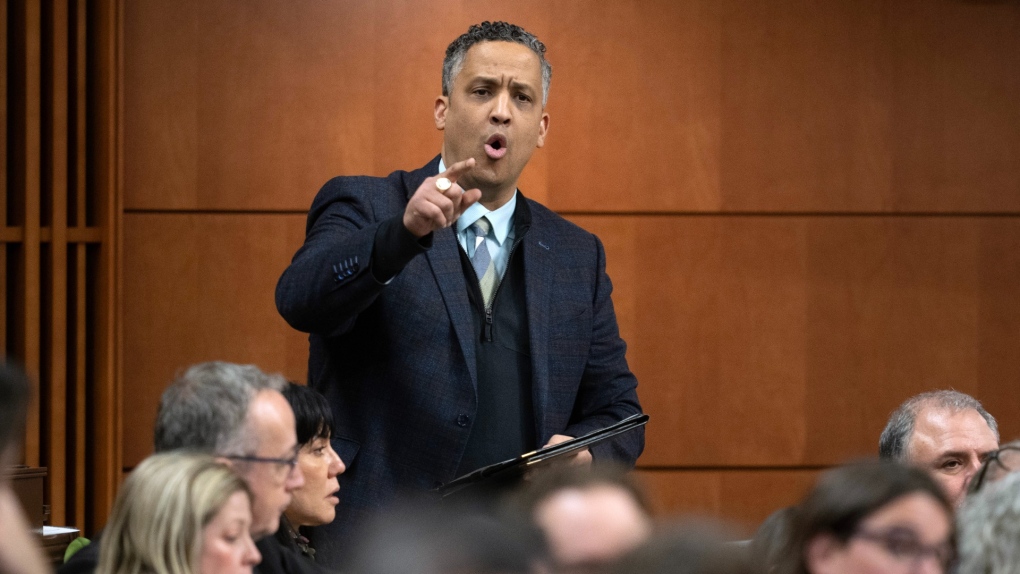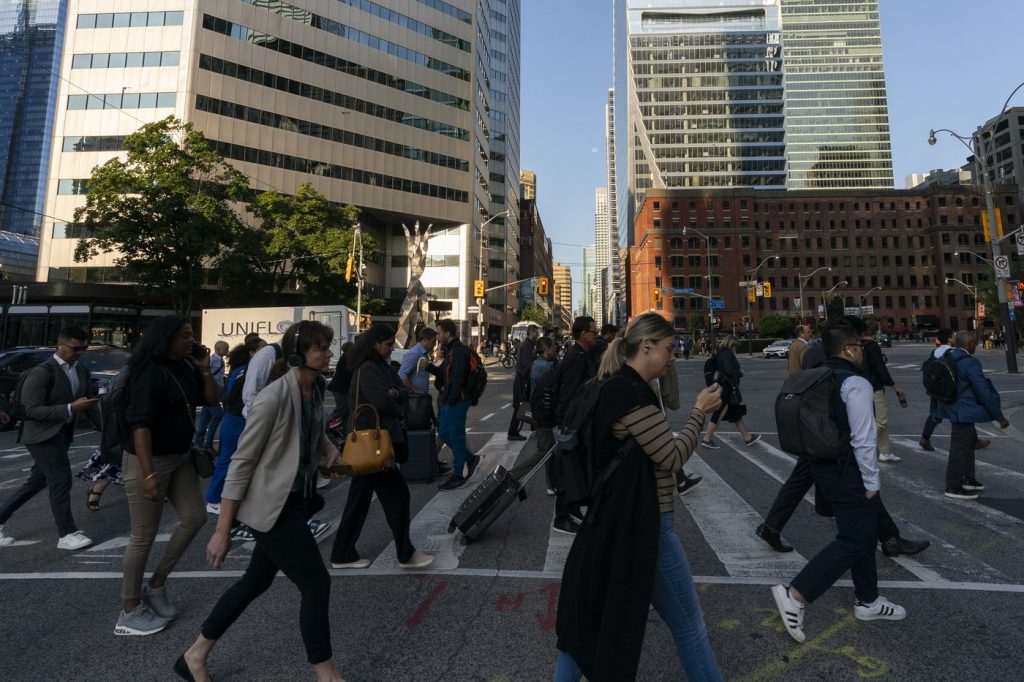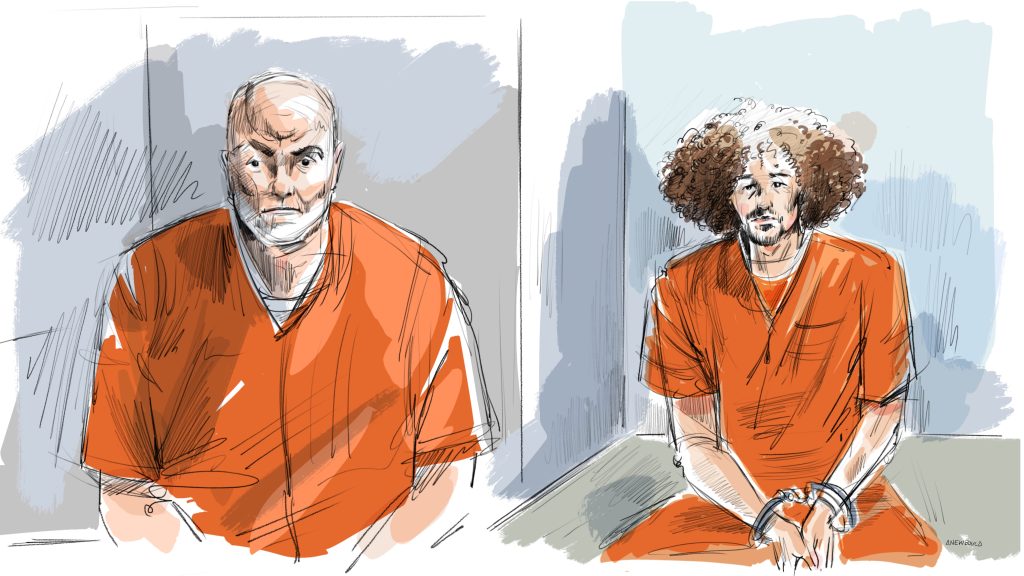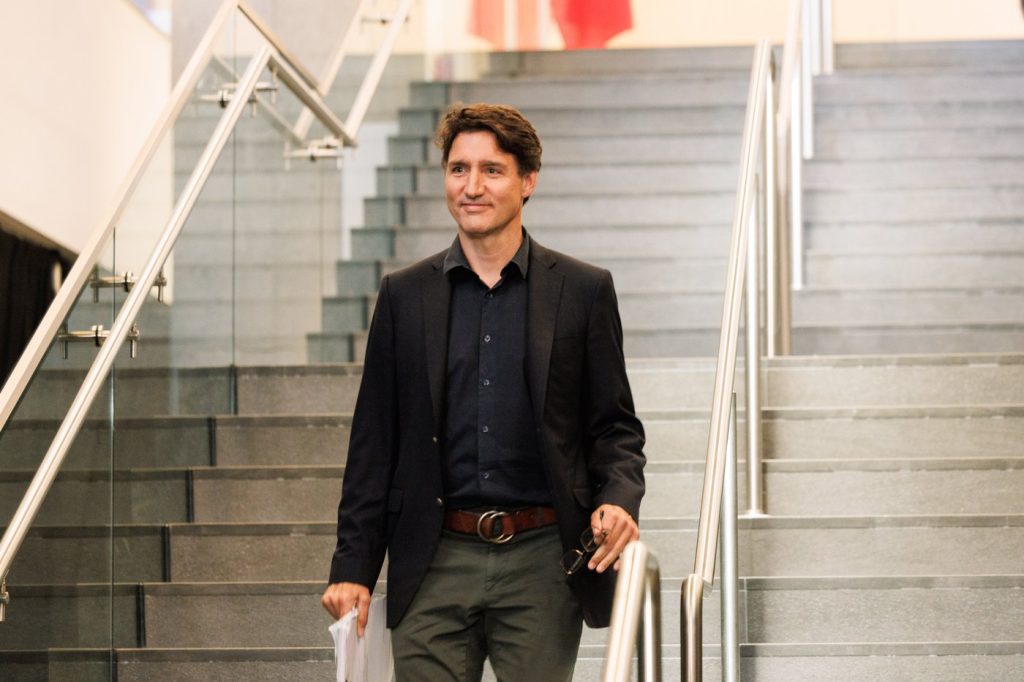According to data released by Tracking (In)Justice, over 700 people were killed by police-involved use of force since 2000.
The new database, Tracking (In)Justice, is used for police-involved deaths in Canada. For the first time, the Canadian public will be able to access this type of data collection.
“In 2021, we saw 57 people killed by police and in 2022, we’ve seen 69 people killed by police. So there’s been quite a large increase,” said Alexander McClelland, a professor at Carleton University, who led the project research.
“We can start doing more analysis to try and figure out what is actually happening here.”
McClelland said there is a lack of data and transparency around police-involved deaths, and in many instances, it’s been up to the victims’ families to collect and share information.
This is something Joanne MacIsaac has experienced first-hand. Almost 10 years ago, MacIsaac’s brother, Michael, was shot and killed by a Durham police officer after he ran outside his house in Ajax, Ontario, in the grips of a mental health crisis.
“It’ll be 10 years this December that we lost my brother, and clearly it has not improved,” MacIsaac said.
“This data shows you it’s just gotten progressively worse.”
“This is probably the one thing that our government chooses not to track. I think that’s a conscious effort. I don’t think they want this data out there,” MacIsaac said.
Over 35,000 people have signed MacIssac’s petition asking federal Justice Minister David Lametti to create a national database for police-involved deaths in Canada.
From 2011 to 2022, deaths associated with police use of force has increased 66.5 per cent compared to the previous 10-year period, according to the Tracking (In)Justice report.
While limited, the report said numbers show that Black and Indigenous people “account for 27.2 per cent of the police-involved shooting deaths,” with Black people dying at almost six times the rate compared to White people, and Indigenous people at almost eight times the rate.
“I think it highlights that what communities have already been telling us is true,” said Tanya Sharpe, the director of the Centre for Research and Innovation for Black Survivors of Homicide Victims at the University of Toronto.
“They experience anti-Black racism, anti-Indigenous racism at gargantuan proportions.”
Sharpe said police-involved deaths add to the lack of justice and feeling of safety that already weighs on racialized communities.
MacIssac believes that training dealing with mental health and addiction emergencies is needed.
She said approximately 20 per cent of calls police respond to are of a mental health nature. As well, 70 to 75 per cent of police-involved deaths include the victim in a mental health crisis of some degree at the time.
“My brother didn’t commit a crime that day,” MacIssac said.
“Most of these deaths, the person whose life was taken, was not in a commission of an offence. I think it’s that simple. Better training– it’s the only way to do it.”
